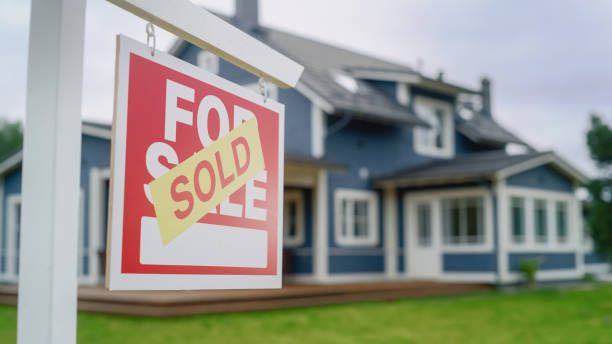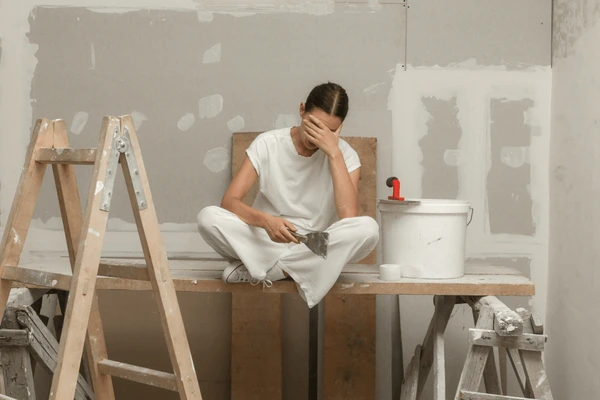You’ve probably heard it a million times—home is where the heart is. But let’s be real: your home is also one of the biggest financial investments you’ll ever make. It’s not just a place where you sleep and stash your stuff; it’s your sanctuary, your safe space, and, for many, a point of pride. That’s why protecting it with the right insurance is crucial. But how do you know if your home is properly insured? Let’s break it down.
Contents
The Basics: What Does Home Insurance Typically Cover?
Before we get into the nitty-gritty, let’s quickly run through what standard home insurance usually covers. Most policies will take care of four main things:
Dwelling coverage
This is the big one. Homeowners insurance coverage will cover the structure of your home—walls, roof, floors—basically, the bones of your house. If a fire, hurricane, or another disaster hits, dwelling coverage helps pay to repair or rebuild your home.
Personal property coverage
Your belongings—furniture, electronics, clothes—are all protected under this part of your policy. If they’re damaged or stolen, your insurance helps replace them.
Liability protection
If someone gets hurt on your property or you accidentally damage someone else’s property, liability protection can help cover legal fees and medical expenses.
Additional living expenses (ALE)
If your home becomes uninhabitable due to a covered disaster, ALE helps pay for temporary living costs like hotel bills, meals, and other expenses.
Key Coverage Areas You Might Overlook
Now, while the basics are important, there are other coverage areas that often fly under the radar but can be just as vital. Let’s dig into a few of these.
1. Replacement Cost vs. Actual Cash Value
Here’s something you might not know: not all policies will give you the same payout if you file a claim.
- Replacement cost coverage pays to repair or replace your home and belongings at today’s prices, without deducting for depreciation.
- Actual cash value, on the other hand, factors in depreciation, meaning you’ll get less money because your belongings are considered used.
So, if you want to avoid paying out of pocket to cover the difference, make sure your policy includes replacement cost coverage. It might cost a bit more upfront, but it’s worth the peace of mind.
2. Water Damage: Are You Covered?
Water can wreak havoc on your home, but did you know that not all water damage is covered by standard home insurance?
Flooding – If you live in a flood-prone area, you’ll need separate flood insurance because most standard policies don’t cover flood damage. The same goes for any water damage that happens over time, like from poor maintenance or a leaky roof.
Sewer backups – This is another one that’s not typically covered by standard policies but can cause serious damage to your home. Adding a sewer backup rider to your policy can help protect against this nasty surprise.
3. High-Value Items: Are They Fully Protected?
Sure, personal property coverage is great, but what if you own something truly valuable, like an antique collection, a high-end watch, or an expensive piece of jewelry? Most standard policies have limits on how much they’ll pay out for certain high-value items.
To make sure you’re fully protected, you might need to add a rider or endorsement for specific items. This extra coverage ensures that if something happens to your prized possessions, you’ll be fully compensated for their true value.
4. Home Business Coverage
In today’s world, working from home has become the norm for many. But if you’re running a business out of your home, you might need extra coverage.
Standard home insurance policies often don’t cover business equipment, inventory, or liability if a client is injured on your property. To be safe, consider adding a home business endorsement or a separate business insurance policy. This way, your livelihood is just as protected as your home.
5. Earthquake and Windstorm Coverage
Depending on where you live, earthquakes or windstorms could be a real threat. Unfortunately, most standard home insurance policies don’t cover these natural disasters.
Earthquake insurance – This is usually sold as a separate policy or an endorsement. It covers damage caused by earth movement, including cracks in your foundation or collapsed walls.
Windstorm insurance – In some regions, especially coastal areas, windstorm coverage may also require a separate policy. If you live in a hurricane-prone area, this is something you definitely want to look into.
Wrapping It Up: Reviewing Your Coverage
Insurance might not be the most exciting topic, but when it comes to your home, it’s essential. Taking the time to review your policy and ensure you have the right coverage can save you from a world of stress—and financial pain—down the line.
So, grab that policy (you know, the one gathering dust in your filing cabinet) and give it a good read. Look for any gaps in coverage, consider adding endorsements for those special items or risks, and make sure you’re covered for the full replacement cost. Your home is too important to leave anything to chance.



